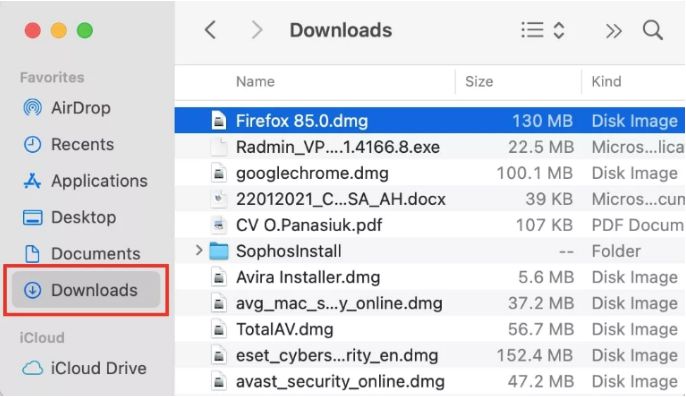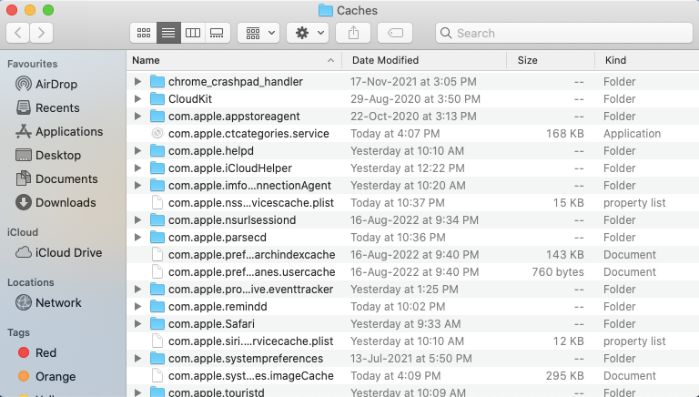If you’re a Mac user, you may have encountered various error codes during your computing journey. One of the common issues that can leave you scratching your head is “Error Code 100060.”
This specific error may arise due to conflicting software, insufficient permissions, or temporary glitches in network configurations. Resolving this error typically involves troubleshooting network connections, updating software, or adjusting permission settings to restore smooth functionality.
This article will get into the world of Error Code 100060, looking for its causes and, more importantly, providing you with five effective ways to resolve it. So, let’s roll up our sleeves and troubleshoot this pesky error together.
What is Error Code 100060 on Mac?

Error Code 100060 is not a unique error specific to Mac, but it is encountered within the macOS environment. It often appears when users attempt to install or update applications. This error can be frustrating, as it hampers your Mac’s functionality. However, fret not; we’ve got some solutions up our sleeves.
Causes of Error Code 100060
Before we dive into the solutions, it’s essential to understand what triggers Error Code 100060. Knowledge of the root causes can be instrumental in resolving the issue.
1. Permission Problems: Often, this error is a result of permission issues on your Mac. If the system lacks proper permissions, it may prevent you from installing or updating applications.
2. Corrupted Installation Files: If the installation files of the application you’re trying to install are damaged or incomplete, Error Code 100060 may rear its head.
3. System Cache: Accumulated system cache or temporary files can sometimes lead to error codes, including 100060.
4. Incomplete Updates: Interrupted updates or incomplete installations can leave your system in a state of disarray, causing this error.
5. System Security: Sometimes, overprotective security software can interfere with your installation process, causing this error to pop up.
5 Ways to Fix Error Code 100060 on Mac
Now that we understand the potential culprits behind Error Code 100060, let’s explore five effective methods to resolve this issue.
1. Check and Repair Disk Permissions
This error often arises from permission problems. To tackle this, you can use macOS’s built-in Disk Utility tool.
- Go to “Applications” > “Utilities” > “Disk Utility.”

- Select your startup disk (usually named “Macintosh HD”).
- Click on the “First Aid” tab.
- Click “Run” to check and repair disk permissions.
This process should help rectify permission issues and eliminate Error Code 100060.
2. Delete Incomplete Installation Files
If you suspect that incomplete installation files are causing the error, follow these steps:
- Navigate to your “Downloads” folder.

- Locate and delete any incomplete installation files.
- Empty your Trash to ensure they are entirely removed.
Now, try reinstalling the application. It should proceed without Error Code 100060.
3. Clear System Cache
Accumulated cache can be a significant factor in triggering this error. To clear your system cache:
- Open Finder and navigate to “Go” > “Go to Folder.”
- Type in “/Library/Caches” and hit “Go.”

- Delete all the contents in the “Caches” folder.
After clearing the cache, attempt to install or update your application again.
4. Restart and Update
Sometimes, a simple restart can work wonders. If you’ve experienced an interrupted update or installation:
- Restart your Mac.
- Check for available updates.
- If updates are pending, install them.
The error may disappear, allowing you to update or install your desired application successfully.
5. Disable Security Software Temporarily
Overprotective security software can sometimes hinder your Mac’s operations. Temporarily disable your antivirus or security software and try installing the application again. Ensure to re-enable your security software once the installation is complete to maintain your system’s safety.
Conclusion
Error Code 100060 on Mac can be a nuisance, but with these five effective solutions, you can troubleshoot and resolve the issue. Remember to check and repair disk permissions, delete incomplete installation files, clear system cache, restart and update your system, and temporarily disable overprotective security software. With these steps, you can bid farewell to this error and enjoy a seamlessly functioning Mac once more. Happy computing!

